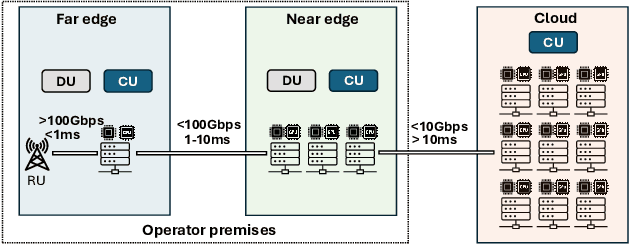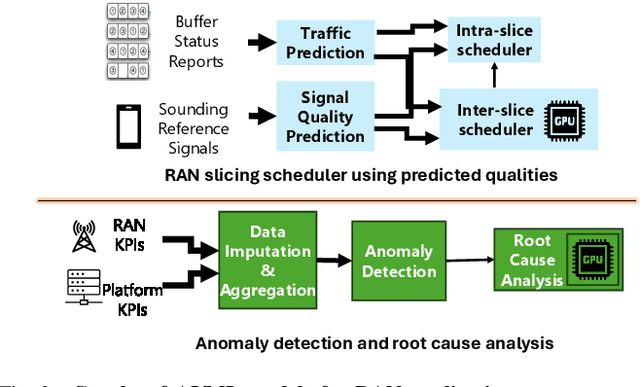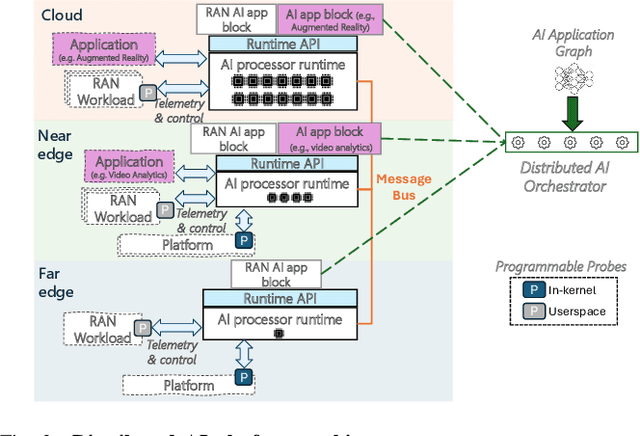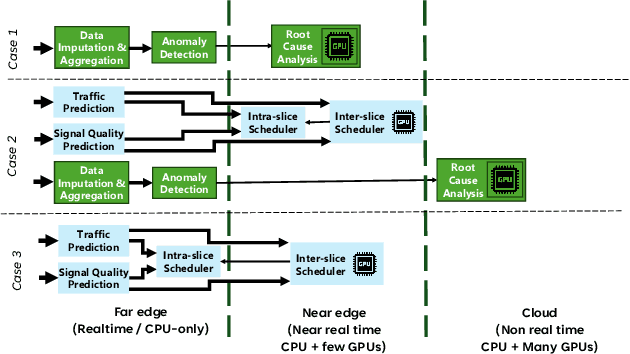Xenofon Foukas
Distributed AI Platform for the 6G RAN
Oct 01, 2024



Abstract:Cellular Radio Access Networks (RANs) are rapidly evolving towards 6G, driven by the need to reduce costs and introduce new revenue streams for operators and enterprises. In this context, AI emerges as a key enabler in solving complex RAN problems spanning both the management and application domains. Unfortunately, and despite the undeniable promise of AI, several practical challenges still remain, hindering the widespread adoption of AI applications in the RAN space. This article attempts to shed light to these challenges and argues that existing approaches in addressing them are inadequate for realizing the vision of a truly AI-native 6G network. Motivated by this lack of solutions, it proposes a generic distributed AI platform architecture, tailored to the needs of an AI-native RAN and discusses its alignment with ongoing standardization efforts.
AutoSpec: Automated Generation of Neural Network Specifications
Sep 17, 2024



Abstract:The increasing adoption of neural networks in learning-augmented systems highlights the importance of model safety and robustness, particularly in safety-critical domains. Despite progress in the formal verification of neural networks, current practices require users to manually define model specifications -- properties that dictate expected model behavior in various scenarios. This manual process, however, is prone to human error, limited in scope, and time-consuming. In this paper, we introduce AutoSpec, the first framework to automatically generate comprehensive and accurate specifications for neural networks in learning-augmented systems. We also propose the first set of metrics for assessing the accuracy and coverage of model specifications, establishing a benchmark for future comparisons. Our evaluation across four distinct applications shows that AutoSpec outperforms human-defined specifications as well as two baseline approaches introduced in this study.
 Add to Chrome
Add to Chrome Add to Firefox
Add to Firefox Add to Edge
Add to Edge